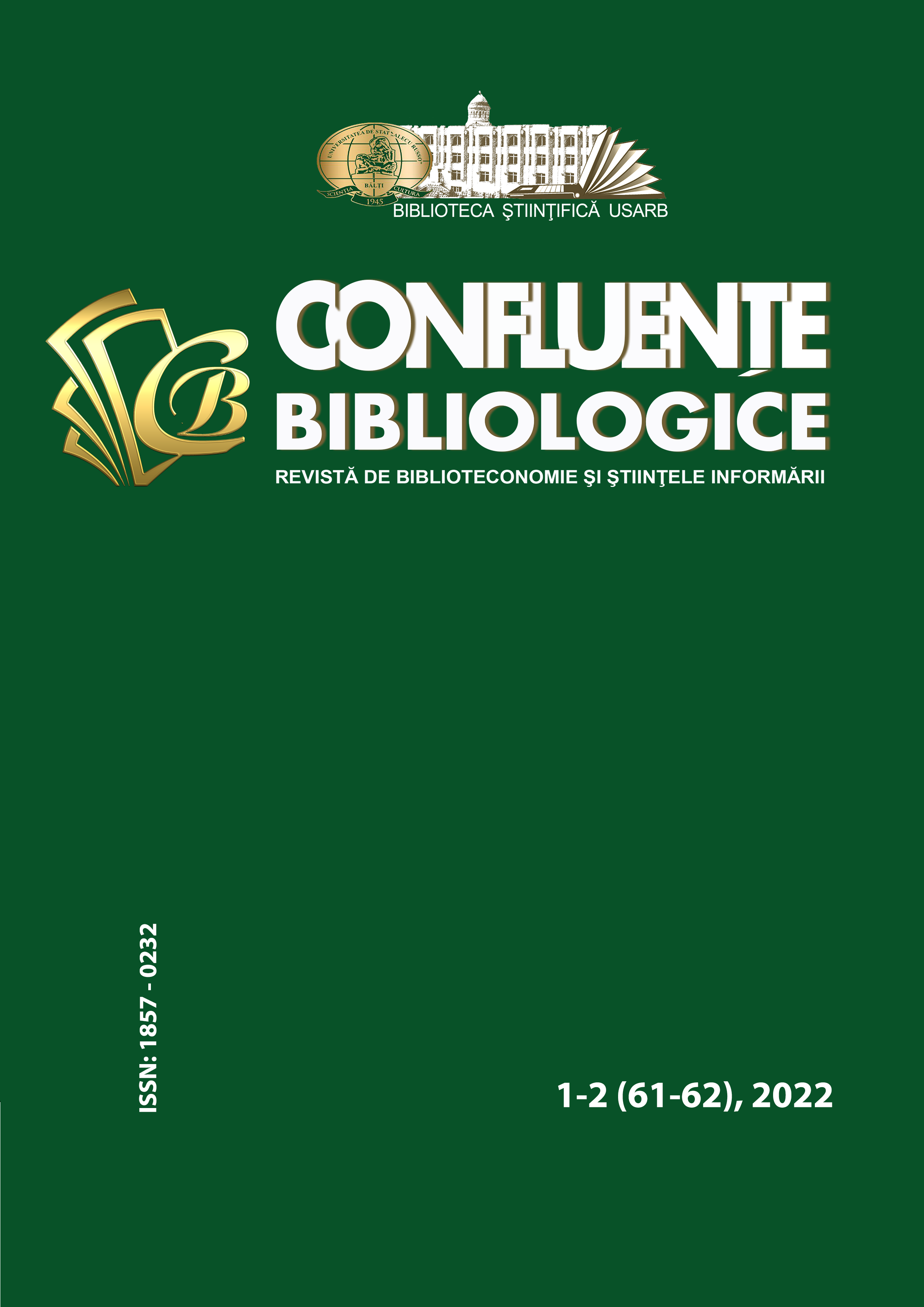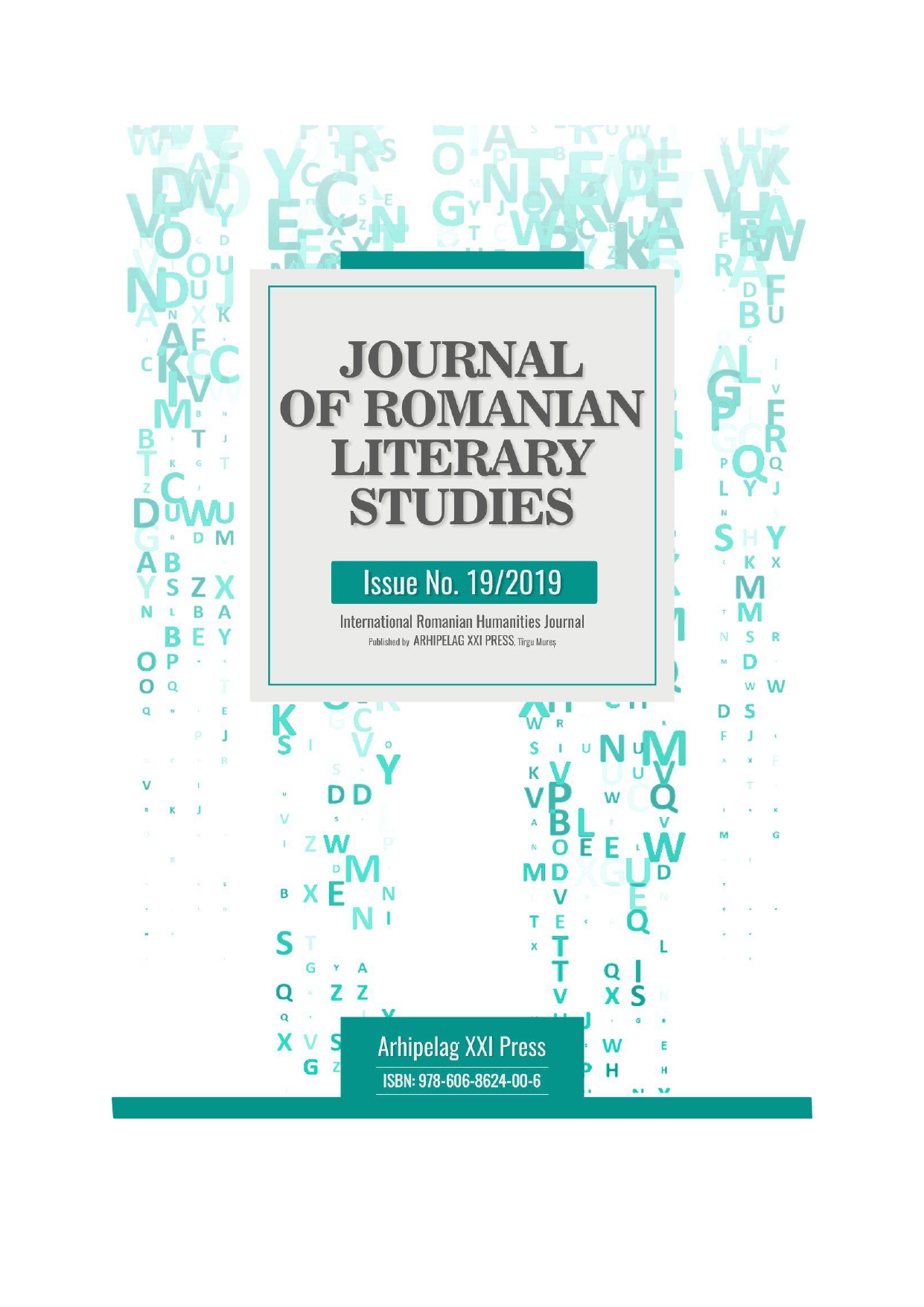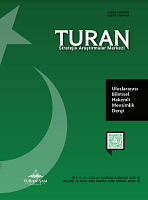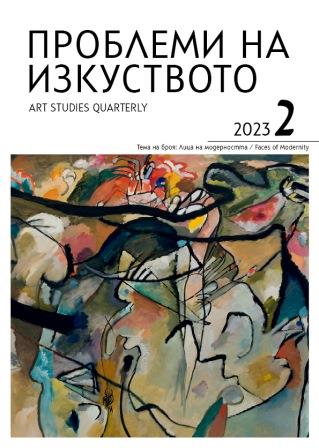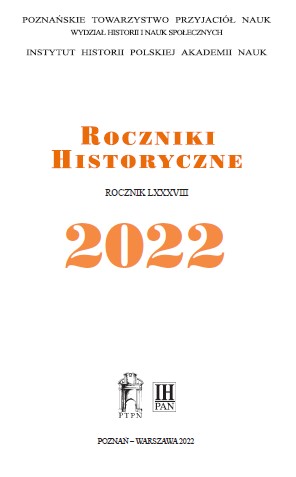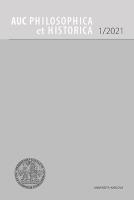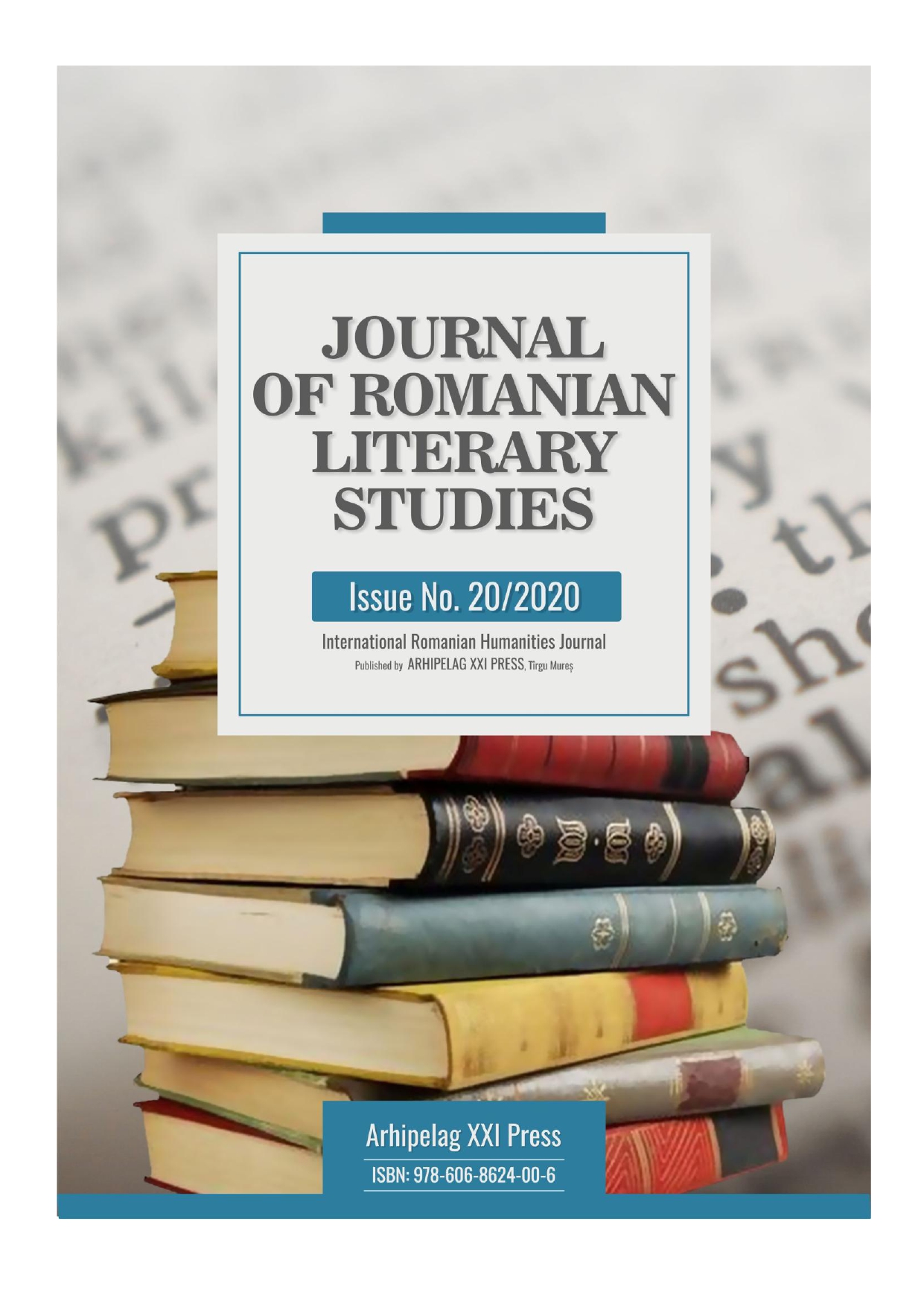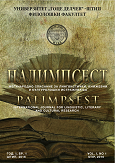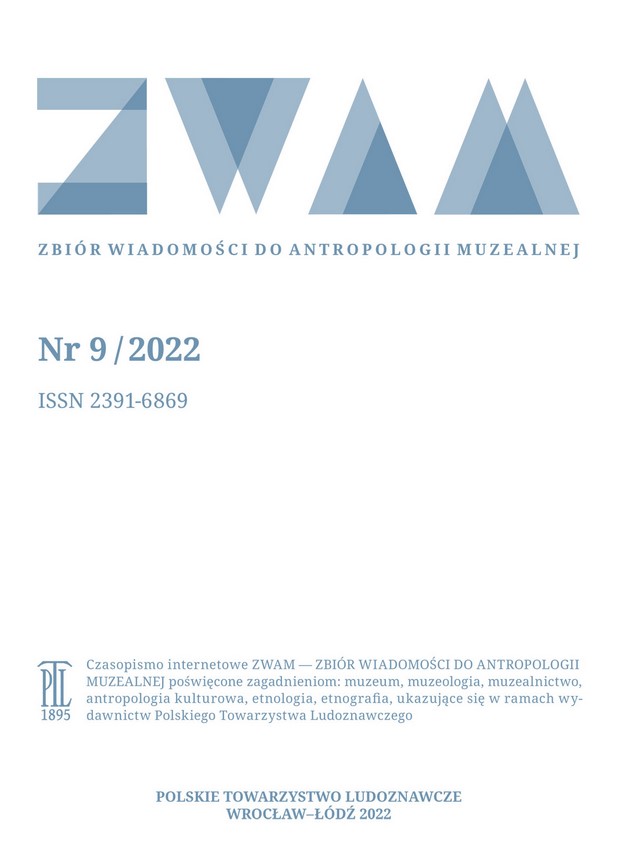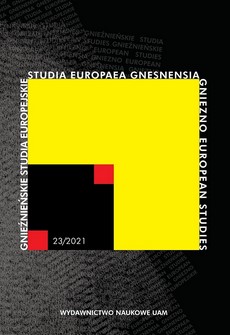
„EKSTAZA” CZY „ADMIRACJA”? IKONOGRAFIA OBRAZU ŚW. FRANCISZKA Z MUZEUM DIECEZJALNEGO W SIEDLCACH W KONTEKŚCIE WYMOWY WYBRANYCH PŁÓCIEN Z SERII FRANCISZKAŃSKIEJ EL GRECA
The widely adopted title of “Ecstasy of St Francis”, a painting at the Diocesan Museum in Siedlce, was introduced in literature in 1966 based on the typology developed by José Gudiol. The designation continues to be used until today. However, the significance and the purport of the title has not been confronted with the representation, especially given the current knowledge about its details. No attention has been paid so far to the nature of the stigmata, nor have any conclusions been drawn from the arrangement of the fingers or the depiction of bone remains, their pattern and placement. An analysis of those motifs changes the previous interpretation of what the work seeks to convey. The paper also cites arguments in favour of amending the current dating, from 1578-80 to the early seventeenth century.
More...
